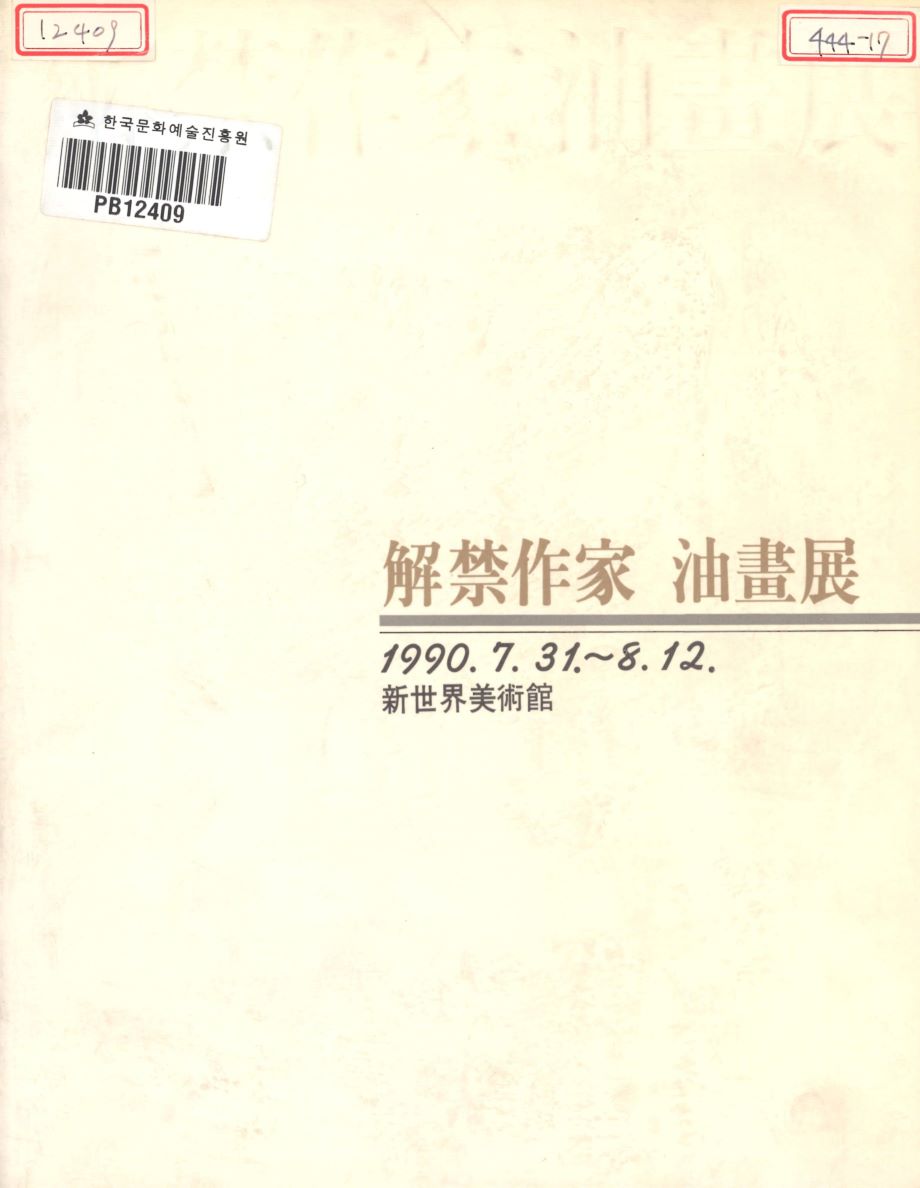
Oil Paintings of Unbanned Artists Catalog, 1990, Image provided by ARKO Arts Archive
Artists who defected to North Korea
* Source: Multilingual Glossary of Korean Art. Korea Arts Management Service
Related
-
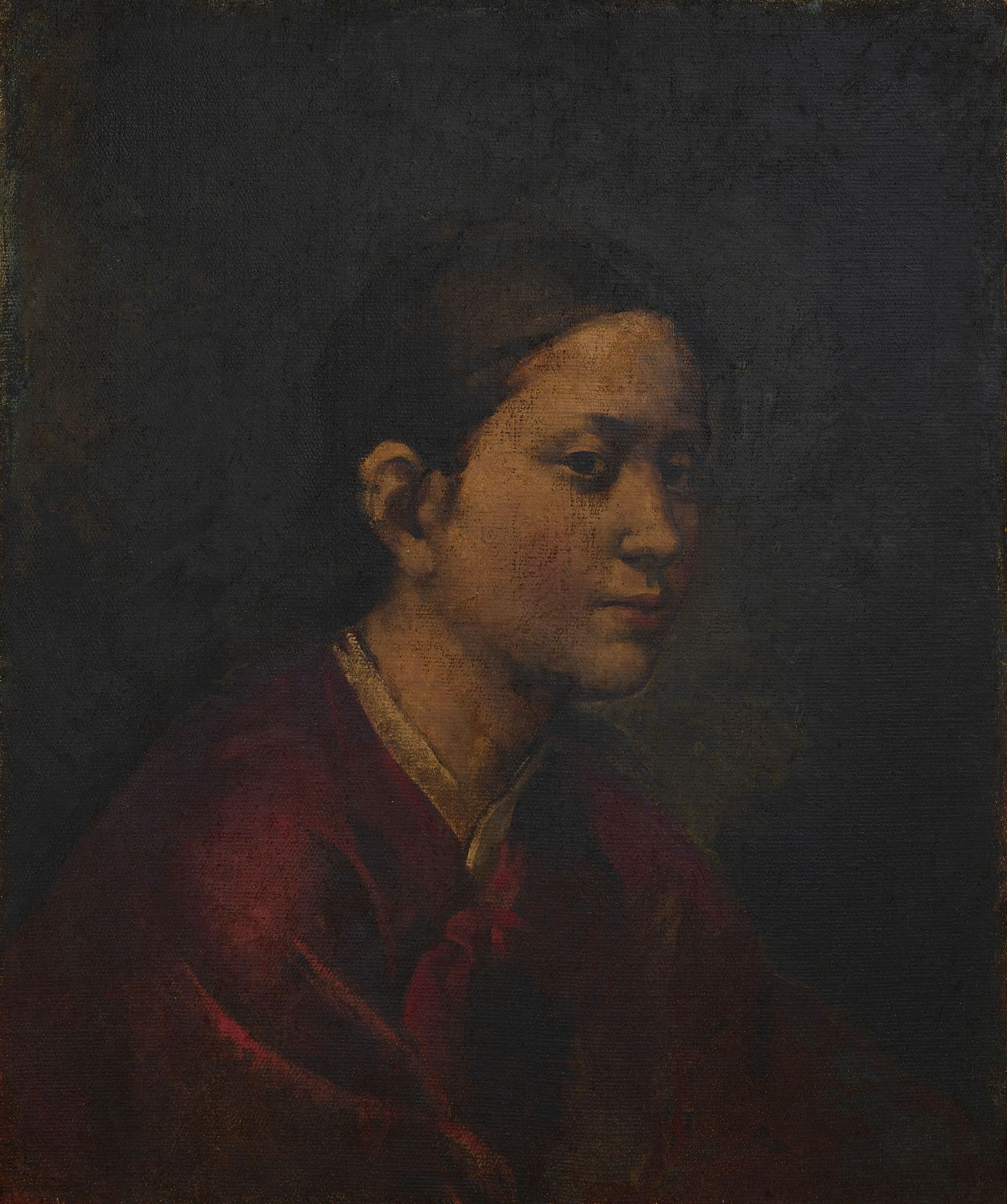
Lee Qoede
Lee Qoede (1913-1965) was born in Chilgok, Gyeongsangnam-do as the second son of a wealthy landowner family. He was strongly influenced and supported by his brother, leftist intellectual Lee Yeoseong and specialized in the history of art, clothing, and folklore. He graduated from Soochang Elementary School in Daegu in 1928, Whimoon High School in 1933, and the Department of Western Painting at the Teikoku Art School in Japan. His works, such as Fate (1938), Night Picnic (1939), and Swing (1940), were selected for the Nikakai Exhibition. After his return to Korea, he founded and led the New Artists Association and its exhibitions from 1941 to 1944. After independence, he was appointed as a committee member of the painting division at the Korean Plastic Arts Federation [Joseon johyeong yesul dongmaeng] and a chairman of the Western Painting division at the Korean Art Alliance [Joseon misul dongmaeng]. After visiting North Korea, he became a centrist and founded the Korean Art and Culture Association [Joseon misul munhwa hyeophoe]. where he was appointed as a chair. In 1948, he joined the National Guidance League. While working as a lecturer at Hongik University, the Korean war broke out, after then and he contributed to the Korean Art Alliance. He escaped Seoul just prior to the 1950 September operation to retake the city but was arrested by the South Korean army and held in prison camps in Busan and Geoje. In an exchange of prisoners, he opted to go to North Korea. In 1988, when the ban on artists who defected to North Korea was lifted, his family revealed his works, such as the People series, A Beggar, and Fate, to the public. He then was re-evaluated as one of the most significant artists in Korean modern art history.
-
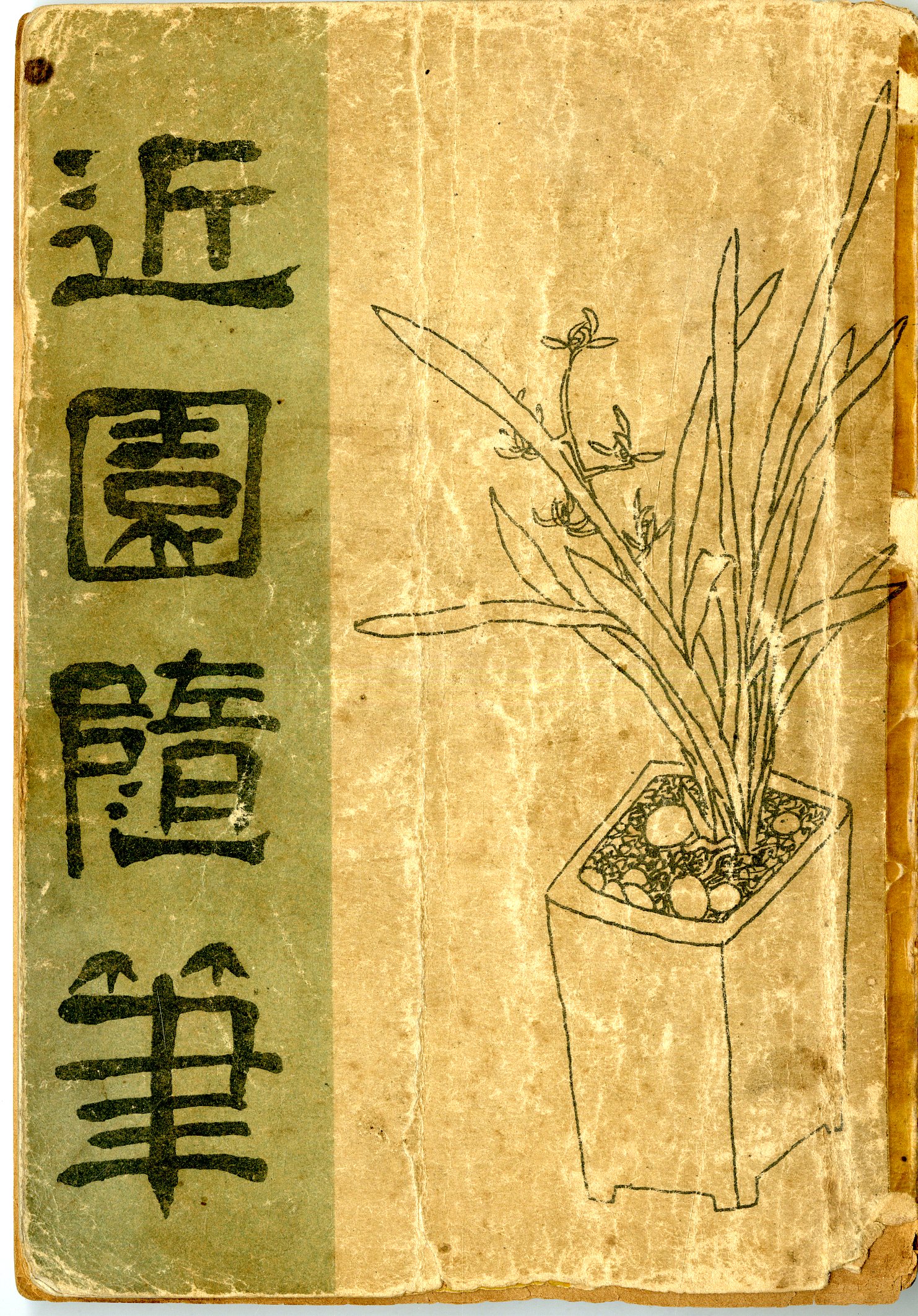
Kim Yongjun
Kim Yongjun (1904-1967, pen name Geunwon) was born in Daegu and first showed his promise as an artist when he was selected for the Joseon Art Exhibition [Joseon misul jeollamhoe] as a high school student. He published art criticism, such as On Reconstruction of Art Circle in Korea and Criticism on Proletarian Art, which demonstrated his potential as an art theorist. He also organized diverse art events, such as Dongmihoe and Baekjman Western Painting Association [Baekmanyanghwahoe] in the 1930s. During his later years, he was more active as an art critic and contributed essays to many newspapers and magazines rather than focusing on creating his own artwork. He participated in creating a magazine, Munjang, in 1939 and published a variety of essays on Eastern painting. After Independence, he contributed to the foundation of the fine arts division at Seoul National University and served as a professor at the Oriental painting department teaching Art History and Theory. He resigned his appointment and moved to Dongkook University because of his involvement in protesting the nationalization of Gyeongseong Imperial University (later Seoul National University). He worked as a dean of the Fine Arts College of Seoul National University for a few months after the outbreak of the Korean War in 1950 but moved to North Korea with his family during the 1950 September 28th restoration of Seoul by US and South Korean forces. He produced several Eastern paintings and published a wide range of art history essays in North Korea. Prior to his migration to North Korea, he wrote a few books such as Geunwonsupil (Essays of Kim Yongjun) (1948) and Joseon misul daeyo (A compendium of Korean art) (1949).
-
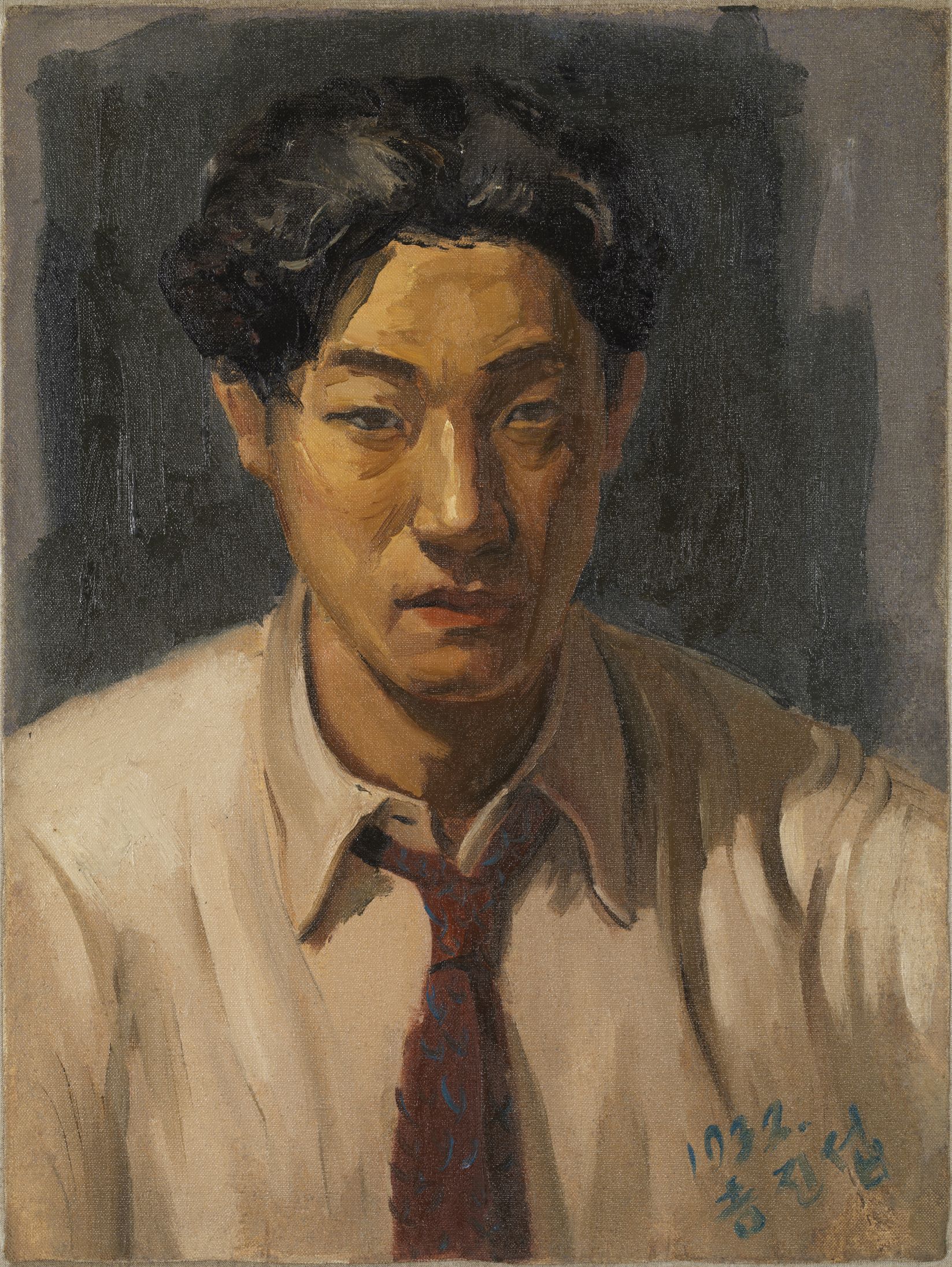
Gil Jinseop
Gil Jinseop (1907-1975) was born in Pyongyang, the son of pastor Gil Seonju of Pyongyang's Jangdaehyeon Church. His father was one of the 33 national delegates of the Mach First Independence Movement. In South Korea, it is considered that he died in 1975, but the North Korean Human geography indicates that he died in 1974. While at Soongsil High school, his painting Landscape was selected for the 1925 Joseon Art Exhibition [Joseon misul jeollamhoe]. Another work of his was selected for the Joseon Art Exhibition while he studied at the department of Western Painting in Tokyo School of Fine Arts. Later, he held a solo exhibition at the Pyongyang Commercial Art Gallery. After graduating from Tokyo School of Fine Arts in 1932, he started to actively participate in Mogilhoe Association, the White Savages Group, and the Yanghwa Art Coterie Exhibition. His style emphasized speedy and light lines, bright and vivid color sense, and margin and matiere. After Independence, he taught as a professor at the Fine Arts College, Seoul National University until April 1947. He was appointed as a leader of the Korean Art Construction Headquarters [Joseon misul geonseol bonbu], a vice-president of the Korean Plastic Arts Federation [Joseon johyeong yesul dongmaeng], and a head of Seoul branch of the Korean Artist Federation [Joseon misulga dongmaeng]. He moved back to North Korea after being appointed as a first representative of the Supreme People’s Assembly in August 1947. In later life he served as a faculty member at the Pyongyang Art School and a vice president of the Korean Artist Federation [Joseon misulga dongmaeng].
Find More
-
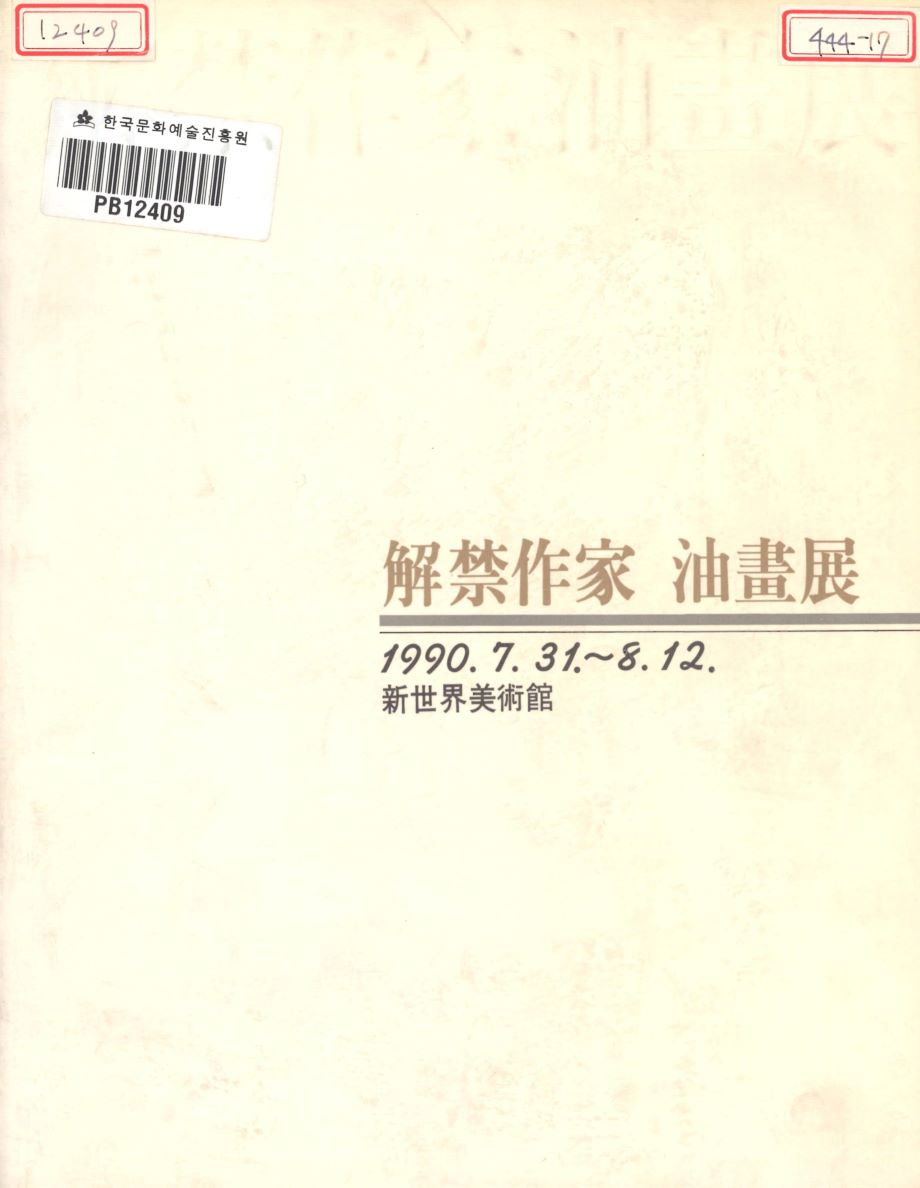
Oil Paintings of Unbanned Artists
Oil Paintings of Unbanned Artists was an exhibition held from July 31 through August 12 in 1990 at Shinsegae Gallery. It introduced to the general public works by ten artists, who defected to North Korea, for the first time in forty years. They included Pai Unsoung, Kim Jukyung, Kim Youngjun, Gil Jinseop, Jeong Hyeonung, Lee Qoede, Lim Gunhong, Choi Jaiduck, Kim Man-hyeong, and Jeong Onnyeo. In October 1988, the South Korean government lifted the ban on artists who were abducted and defected to North Korea. Ji Myeongmun, then director of Shinsegae Gallery, stated that “this exhibition was organized in the hope that those artists who were abducted and defected to North Korea would be given their due art historical recognition after forty years of taboo.” At this exhibition, forty works produced before 1950 were on display, such as Chongseokjeong Pavilion on Haegeumgang River by Pai Unsoung, Self-portrait and Dahlias and Zinnia by Kim Youngjun, Landscape Against Mt. Bukak and Early Autumn by Kim Jukyung, Wonju Landscape by Gil Jinseop, Family and Bird by Lim Gunhong, Fishbowl by Choi Jaiduck, and Lady by Lee Qoede. The exhibition also presented ten works in the collections of bereaved families and relatives of artists who were abducted or defected to North Korea, which were scattered throughout the country, including thirty works in private collections, a work in the collection of the National Museum of Modern and Contemporary Art, Korea, and some works in the collection of the Tokyo University of the Arts Museum.
-
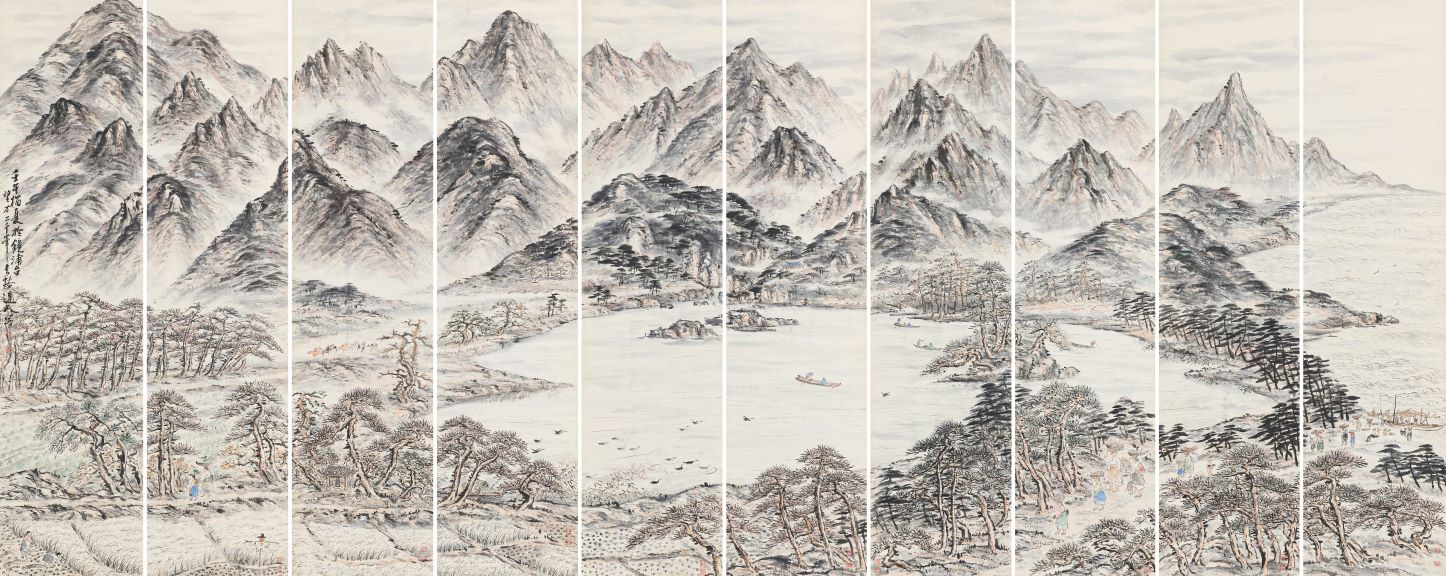
Chung Chong-yuo
Chung Chong-yuo (1914-1984, pen name Cheonggye) enrolled in Osaka School of Fine Arts (Osaka Bijutsu Gakkō), and learned Japanese painting from Yano Kyōson after taking night classes briefly at Taiheiyo Art School in Japan. He became known in Korean painting circles by receiving an honorable mention with his Suburbs in Autumn at the Joseon Art Exhibition [Joseon misul jeollamhoe] in 1935. In 1939, he won the Changdeokgung Prize with Snow in March, and in 1940, he was awarded a special prize for Morning at Seokguram Grotto without review from a panel of judges. At the time he went back and forth to Seoul to study under Lee Sangbeom. He matured the plein-air landscape manner by adding the beauty of ink and brushwork in traditional painting to the Nanga (Southern painting) style he learned in Japan. He was well versed in bird-and-flower painting and figure painting and produced paintings in various formats, including a temple mural as seen in Portrait of Queen Seondeok at Buinsa Temple, and gwaebul (large hanging scrolls hung for outdoor rituals) such as Uigoksa Gwaebul. At the end of the Japanese colonial era, he created paintings reflecting the times. These paintings include State Protector King Geumgang Gongmyeong, Waiting for a Transport Ship, and Always Prepare Yourself As If You Were in a Battle Field. After Korea’s liberation from Japan, Chung Chong-yuo served as the head of the Ink painting section at the Korean Plastic Arts Federation [Joseon johyeong yesul dongmaeng] and the Korean Art Alliance [Joseon misul dongmaeng]. In 1946, he submitted his Procession on August 15 to the first Korean Art Alliance Exhibition and won the Democratic National Front Award. In 1948 and 1949, he enthusiastically engaged in artistic activities by holding solo exhibitions, where he presented Korean paintings that captured natural landscapes and social realities in a contemporary manner. However, immediately after the Korean War, he defected to North Korea. In North Korea, Chung was a member of the Korean Artist Federation [Joseon misulga dongmaeng] and worked as a professor at the Pyongyang Art University. He wrote art textbooks, such as Chaesaekhwae daehayeo (About color painting), Mukhwae daehayeo (About ink painting), Joseonhwa gibeop (Chosonhwa painting techniques), and Joseonhwa jaeryoe daehan sayongbeop (How to use Chosonhwa painting materials). He earned the titles “Laudatory Artist” in 1974 and “People’s Artist” in 1982 in recognition of his contributions to the establishment of North Korea’s Chosonhwa painting theories and the creation of related art works. Among his notable works are Gwaebul at Uigoksa Temple (1983, National Registered Cultural Heritage No. 614), Morning Clouds on Jirisan Mountain (1948), Farming Village in May (1956), and The People in Kosong Assisting the Front (1958).
-
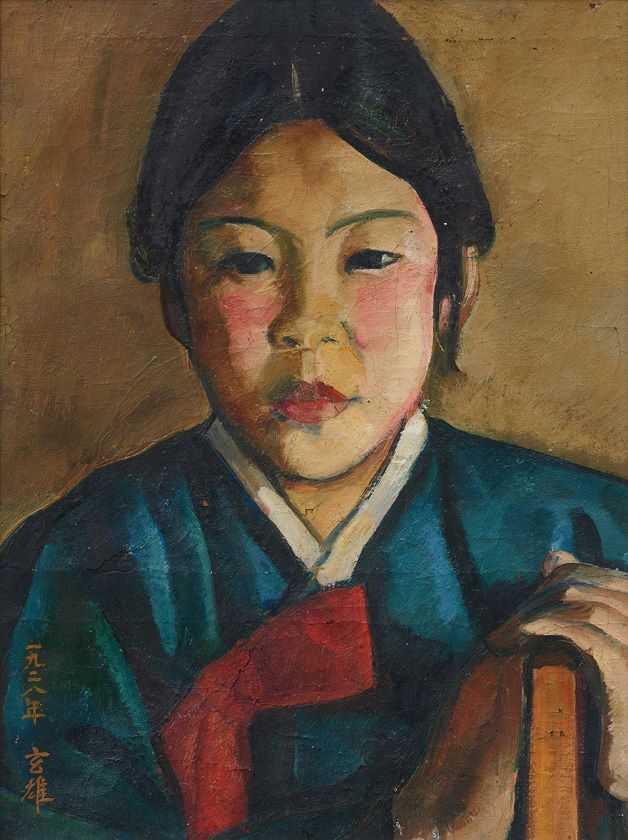
Jeong Hyeonung
Jeong Hyeonung (1911-1976) was born in Seoul. He received his first selection to the Joseon Art Exhibition [Joseon misul jeollamhoe] for his 1927 work Old Castle as a senior high school student at Gyeongseong 2nd Highschool. He submitted his works to the Joseon Art Exhibition eighteen times until 1943 and won a special award twice. He argued that “arts should describe the contemporary era” and an artist “should pursue realistic and experiential subjects.” He also produced a variety of newspaper illustrations and magazine covers for Dong-A Ilbo, Choson Ilbo, Chokwang, Yeoseong (Women) and Sonyon (Boy), after he began to work at the Dong-A Ilbo newspaper company in 1935. After Independence, he served as a secretary-general of the Korean Art Construction Headquarters [Joseon misul geonseol bonbu] and as a member of the Korean Art Alliance [Joseon misul dongmaeng]. He later joined the National Guidance League after the inauguration of the South Korean government. He took a job as a secretary-general of the South Korean Art Association during the Korean War and moved to North Korea after the restoration of Seoul in September 28, 1950. After relocating in North Korea, he was appointed as a production manager at the Joseon Material Culture and Relics Conservation Committee, a publishing division commissioner at the Korean Artist Federation [Joseon misulga dongmaeng], and a head of painting division at the Art Studio. He copied murals of Anak Tombs Nos.1-3, the Gangseodaemyo Tomb, and King Gongmin’s Tomb from 1952 to 1963.






